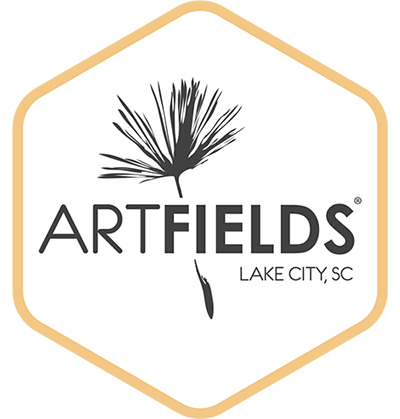May 25, 2012
Our History

The Lake City area was originally part of Williamsburg Township, which was settled first by Scotch-Irish settlers in 1734. Around 1750, people began to settle along a trail leading from Kingstree to Cheraw in the northern part of the township in what is today the Lake City area.
A road later built from Georgetown to Camden formed a crossroad with the Kingstree to Cheraw road at what is now Church and Main Streets in Lake City. This crossroads became a rest stop for travelers on the two roads and was called the crossroads at McCrea’s Inn until as late as 1825. The name changed to Graham’s Crossroads sometime prior to 1831 when Aaron Graham acquired the land around the crossroads. In 1856, the Northeastern Railroad began construction and built its main line through the area. This brought new growth to the community and on March 4, 1874, a charter was granted to the new town of Graham. The post office serving the area was called Lynches Lake Post Office. On December 24, 1883, the town changed its name at the request of the Post Office, since there was another post office in South Carolina known as Lynches Lake. The name was changed to Lake City, which derived from the popular fishing and swimming lakes located just north of town. The small town had a population of 300 in 1893, and by 1898 had become the leading strawberry market in South Carolina. In 1909, the Lake City residents proposed the creation of a new county, to be known as Rutledge County and to include the area from Hemingway to Olanta and from Scranton to Cades, but the idea was voted down by a slim margin. Later, in 1912, the Lake City area did vote favorably to become part of Florence County.
The Lake City tobacco market was established in 1898, and grew to become one of the two largest markets in South Carolina. By 1936, Lake City also supported the largest bean market in the world as agriculture continued to be a major industry. In the years following, Lake City prospered and grew into a town with a population of 6,478 at the most recent Census, with the population within a fifteen mile radius of the Greater Lake City area at over 57,000. Today, Lake City is still the center of a thriving agricultural area and has added a number of other diversified industries.
